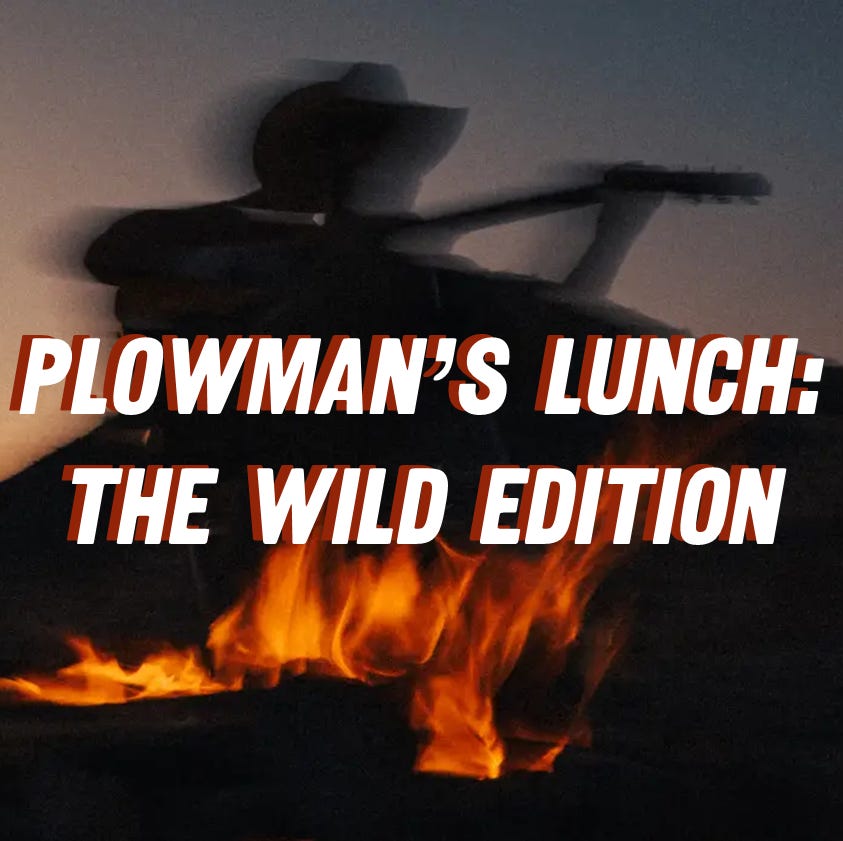
I was reading an interview with Brad Christian, who is the creative director For SITKA Studio — the creative branch of the hunting brand of the same name. The whole interview, which can be found in the latest issue of Modern Huntsman, is great, but I especially liked Brad’s answer to the question “What do you feel the future of hunting … looks like… [and what] do you hope to accomplish through your endeavors?”
Brad answers:
At its core, hunting is about the rawest connection to nature: to wild landscapes, wild animals and the wild parts of ourselves. That connection feels increasingly rare in a world moving toward AI, big cities and the metaverse.
If my work can help people rediscover that connection, even just a little, I’ll consider it a success. Wild landscapes are part of what makes life good and honest. They remind us who we are — and who we can still be.
You might probably guess that I couldn’t agree more with that sentiment. Hunting requires you to be outside, be entrenched in nature, be present in the wild of the world — but you don’t need a hunter to make those connections that Brad is talking about. You can feel the wild of the landscape, feel the wild of yourself, by going for a hike without your phone. You can do it by visiting a farm or ranch. By planting a garden, by eating outside. You can do it by watching birds or squirrels or the clouds or the stars, by smelling the air after it rains, by standing barefoot in the ocean. In a world that seems to push more and more toward comfort, toward ease, toward a disconnect from that which is wild — the simple act of being outside can help make your life good and honest and complete. We weren’t meant to watch the world through a dispassionate screen; we were meant to be part of it, brimming with shared curiosity and honesty.
I think we should all be embracing that.1
I. Reading
Defining Moments — I stumbled across
’s work on here recently and truly have been enjoying reading it. I appreciated this piece about the balance between writing about something you enjoy and actually enjoying something you do, as it provided a roadmap for me as I continue to strive to write authentically about my own experiences (in the woods, under the water, in the garden, and as a parent).Don’t Try So Hard — One of my favorite movies is Forgetting Sarah Marshall and one of my favorite scenes is the one in which Peter is trying to learn how to surf. His instructor “Kuno” (f/k/a Chuck), played by Paul Rudd, instructs Peter to “do less.” I think about that scene a lot, and
so eloquently explains why in this terrific essay. It’s far better to let life unfold than it is to try and force an outcome.’s reflections on a mountain lion hunt dovetail nicely with Jack’s own thoughts above.The Case for a Year of Service — After college I did Teach for America for two years, teaching English Language Arts to seventh graders in a middle school outside Providence, RI. And while the institution of TFA leaves much to be desired on many levels, the experience of service was — for me2 — was life-changing. Beyond being a much needed transition into adulthood, those two years forced me outside my comfort zone and simultaneously gave me a look at entirely different way of life from that to which I had grown accustomed. It without doubt made me a more understanding person — and
makes the case that that is something we could all stand to be more of these days. beautifully describes our innate connection to nature — a literal connection, with “skin… connected to [atmospheric] particles…. in turn connected to everything… [perceived (or not)] around [us].”Become a Modern Hunter — My deer season is wrapped up, but there are moments of it that still live vividly in my mind.
does a terrific job breaking down the “honest version of ourselves” with which hunting forces us to connect (radical, dude!).No Longer the Average Hunter —
continues the theme from Jesse’s essay above with this deep self-reflection of growing as a hunter and connecting to what it really means.I Saw America — I’m not sure if Allen Ginsberg would be laughing or crying as he read this poem by
— but I sure did enjoy it (and Whitman probably would, too).Behaving the Kermit Way — I’m so appreciative of
’s ability to blend food history with personal narrative with recipes. Her piece to kick off the new year about the hypocrisy in our food systems and simple resolutions to eat better is well-worth the read.How to Cure Night Anxiety — I’ve been enjoying reading as
fleshes out his idea of “the Void” as the missing piece of our modern world experience. This essay on reckoning with self-inflected anxiety helps put things in perspective.Seventeen Syllables — I’ve always been drawn to haiku and
writes them splendidly.Writing the Things You Don’t Want to Write — I’m a sucker for handwritten notes, too, but I don’t often write my own essays by hand. Reading
’s writing on writing by hand, I may have to change that every once and awhile.Bows and Diesel — I’m stoked that
is picking up archery and the enthusiasm he brings to that and old cars is contagious. I’m excited to follow along.A Boar’s Tale — Likewise I enjoyed reading
’s recounting of his first archery bow hunt. I’m still close enough to my own first “big game” hunts where this feels like it could have been my own experience. Here’s to harvesting reminders, if not trophies.The Backcountry of Outdoor Media — Good writing is hard to find, good writing about the outdoors even harder. That’s why I’m so stoked to see what
and the rest of the team at have up their sleeves this year.II. Observing
III. Eating
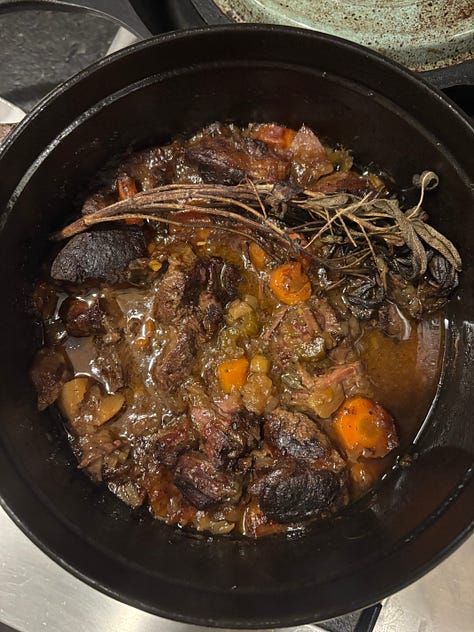
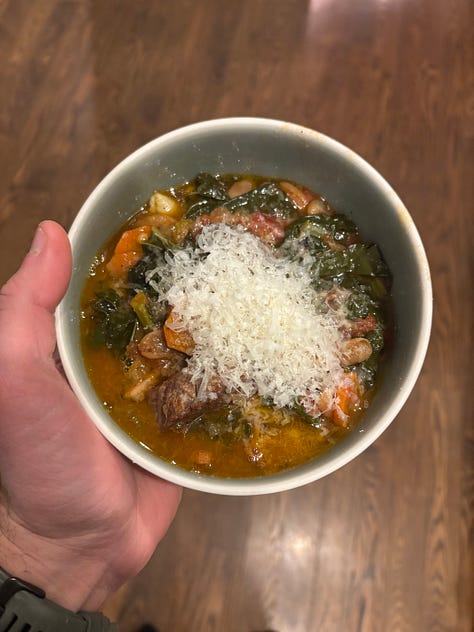

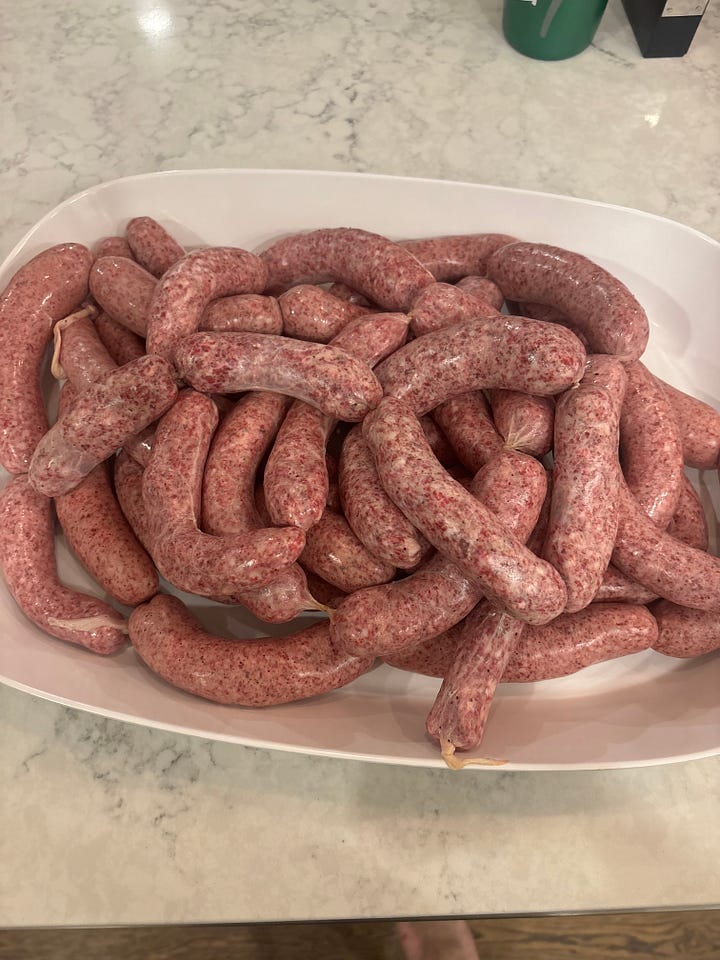
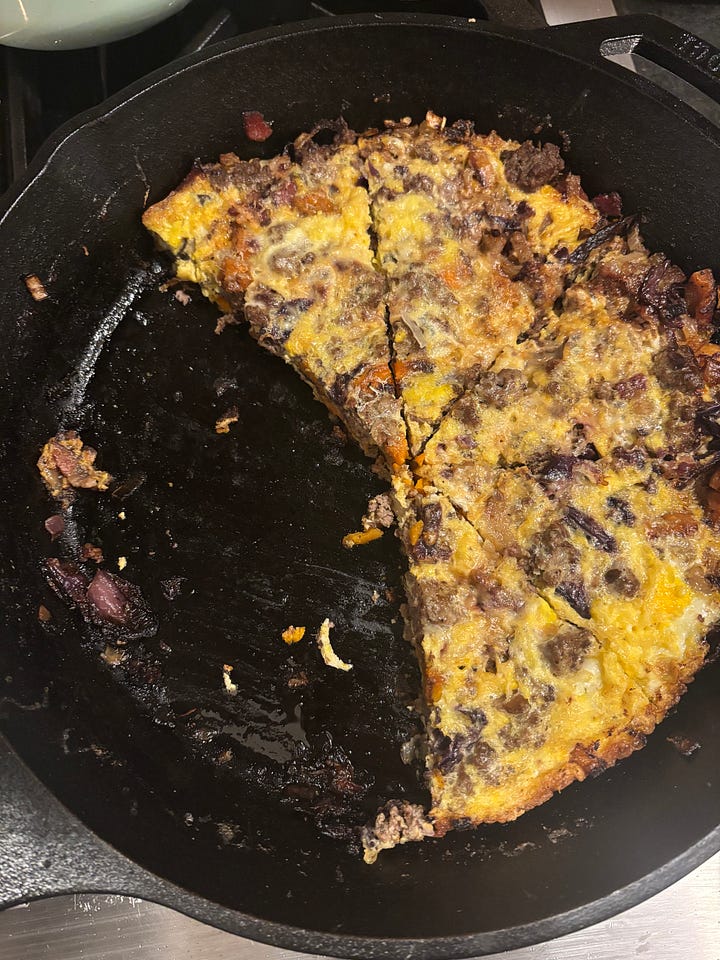


That’s all I’ve got for you. No new baby for us, as of now. We’ll see you back here next week.
The morning after I wrote this, I read this terrifyingly fascinating article on AI and the future and artificial general intelligence — and beyond just making me think about a future where nearly everything is automated, it reemphasized the importance of actually living and being connected to the real world.
And hopefully for my students.









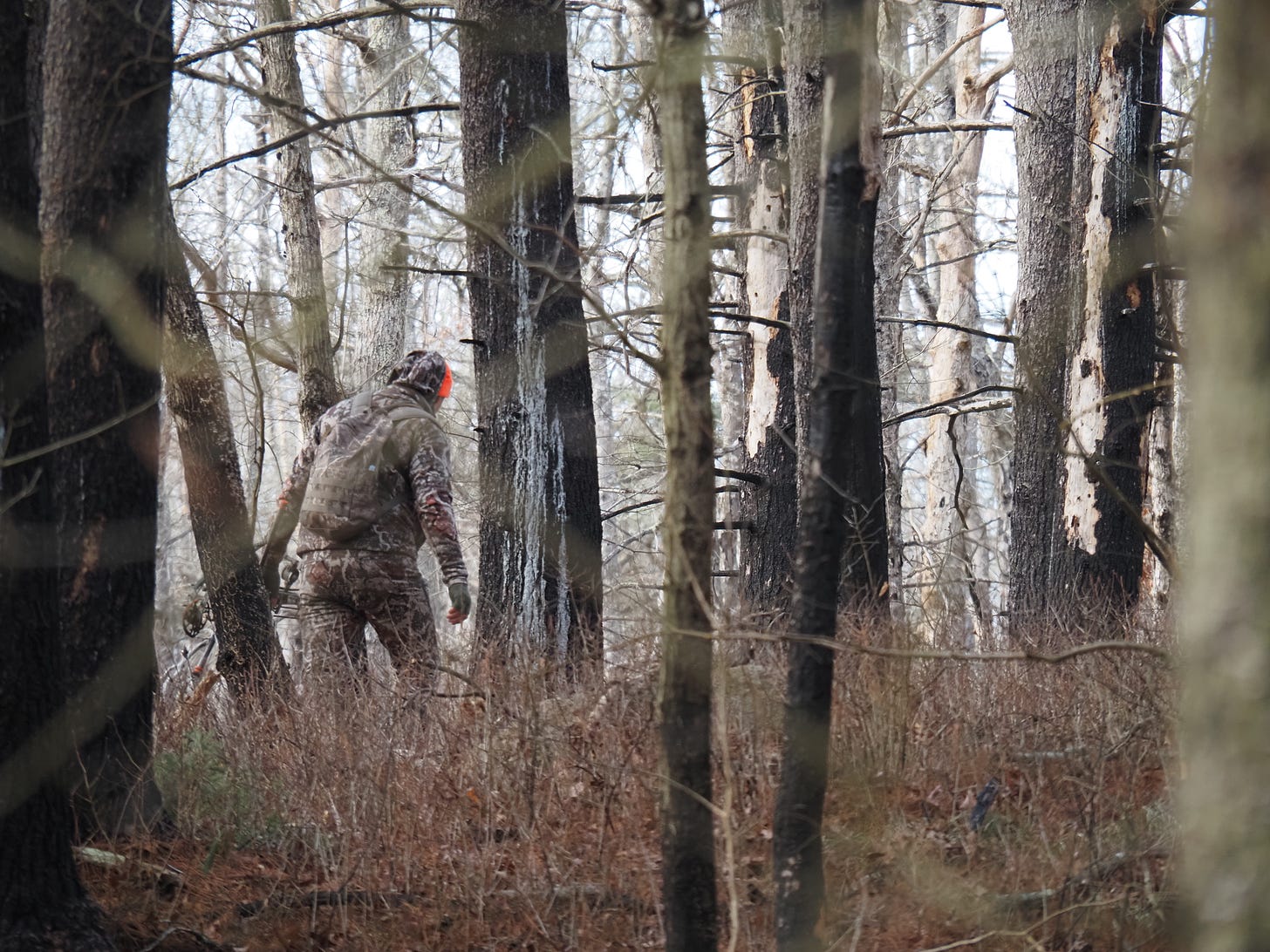






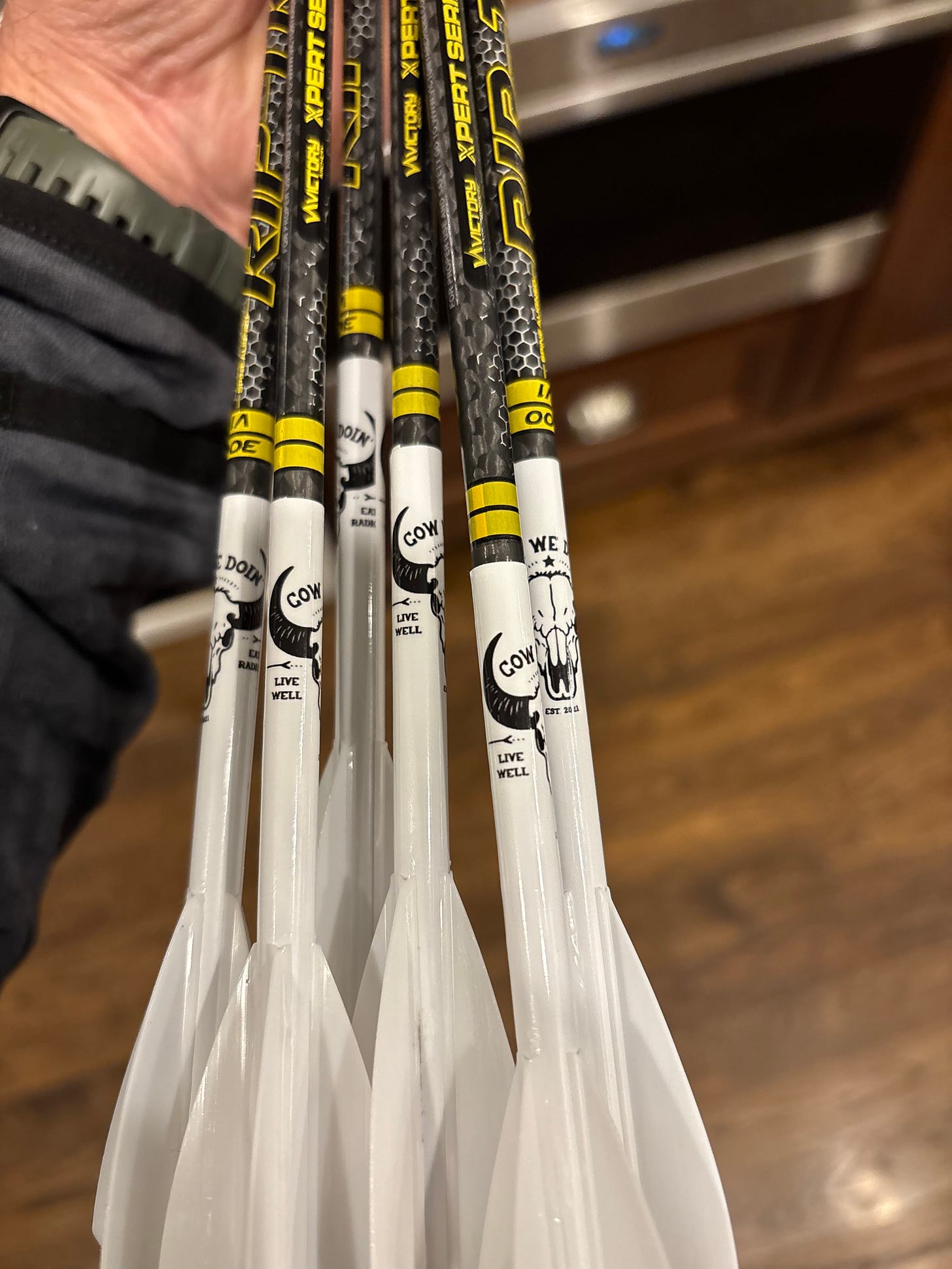
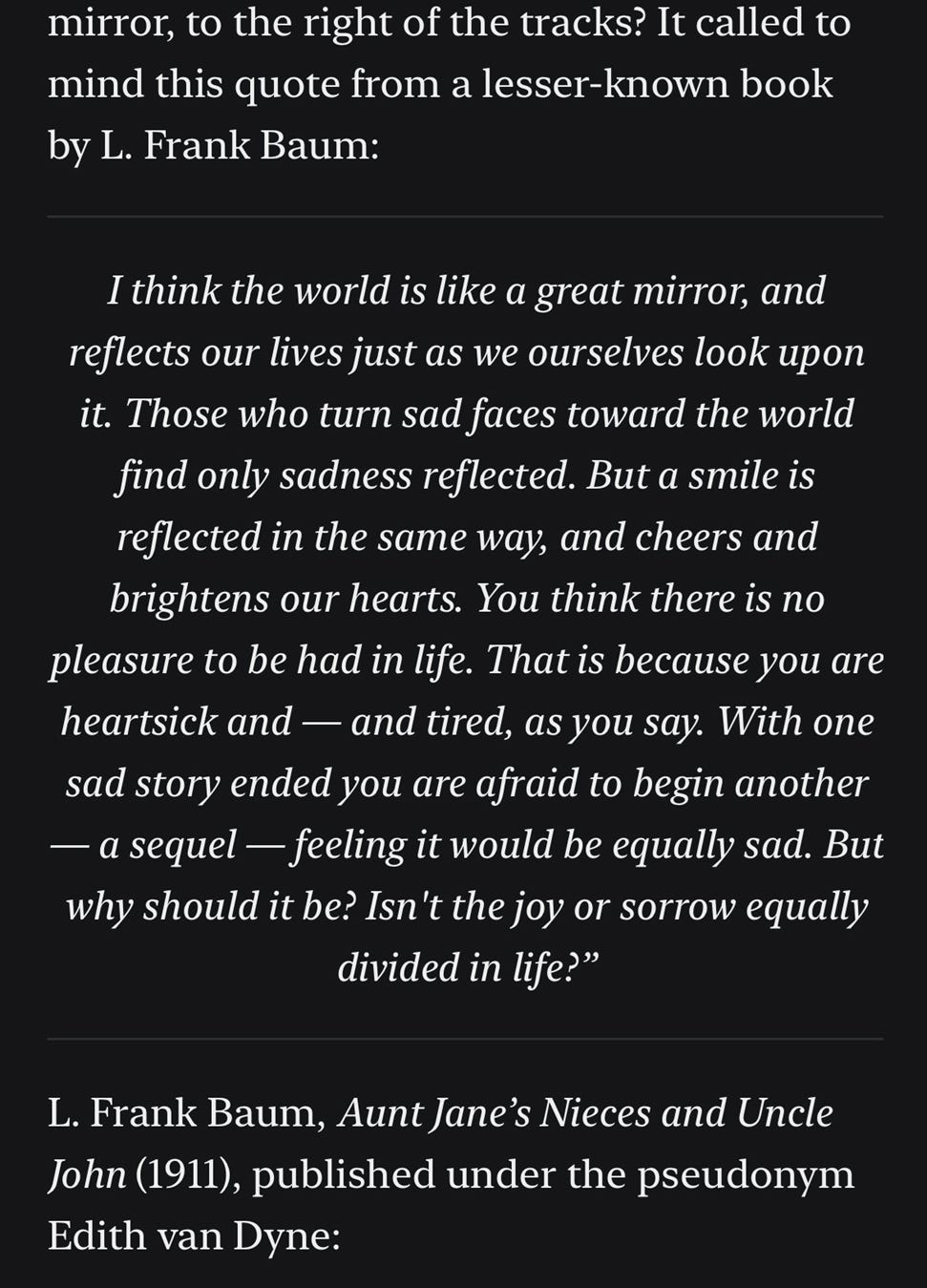
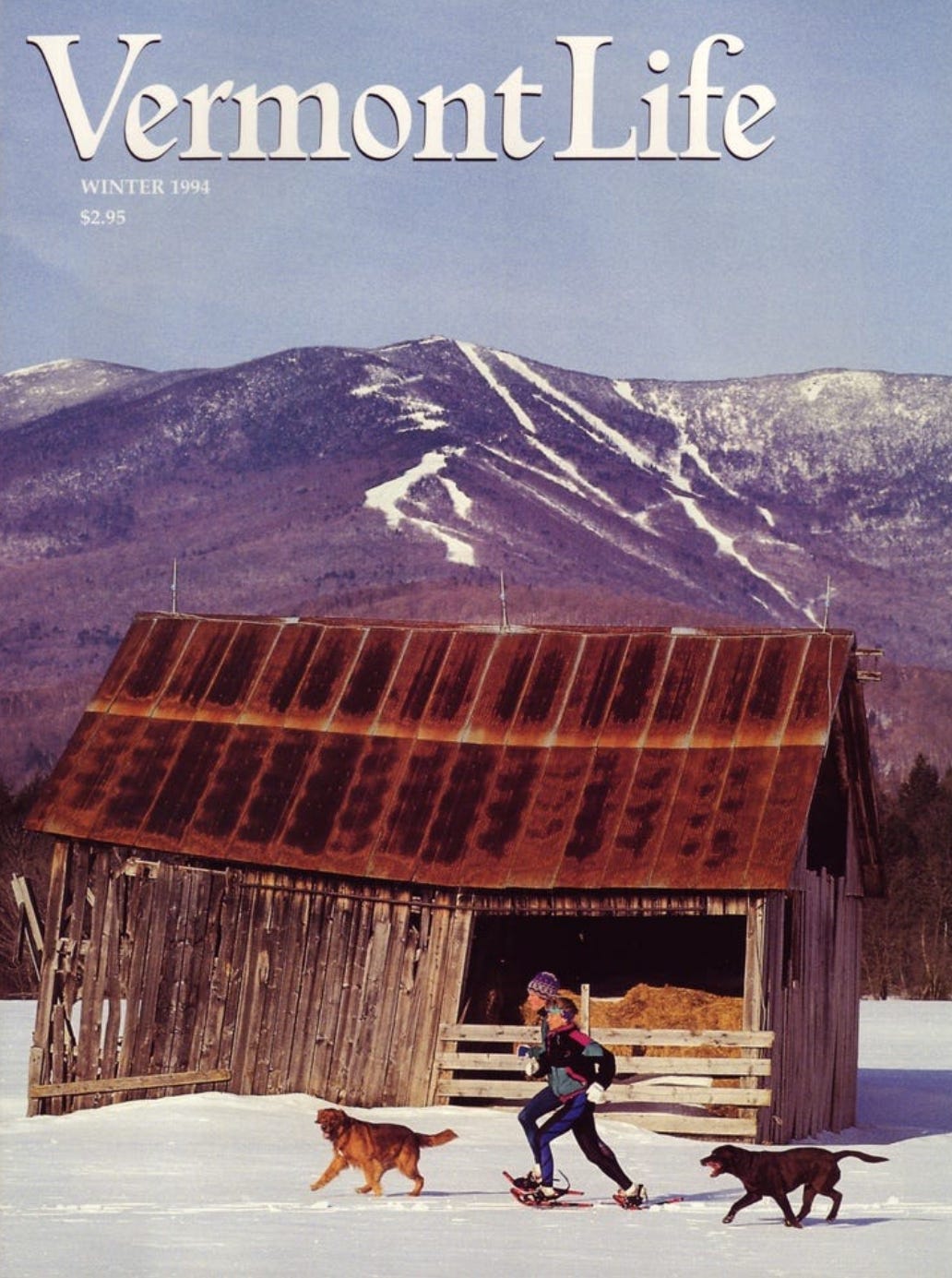
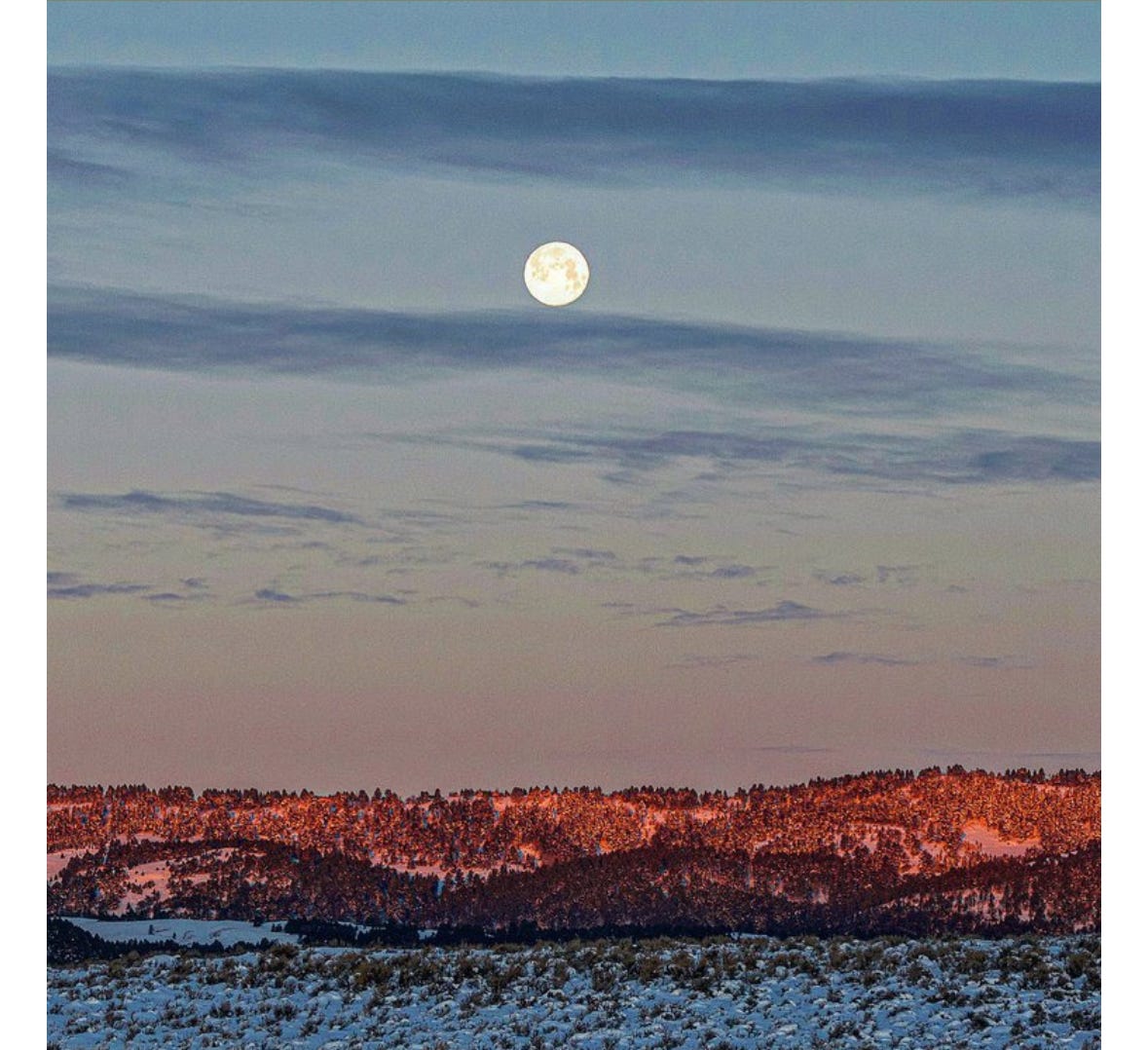

The rare meat at the bottom looks delicious
Great issue brother!